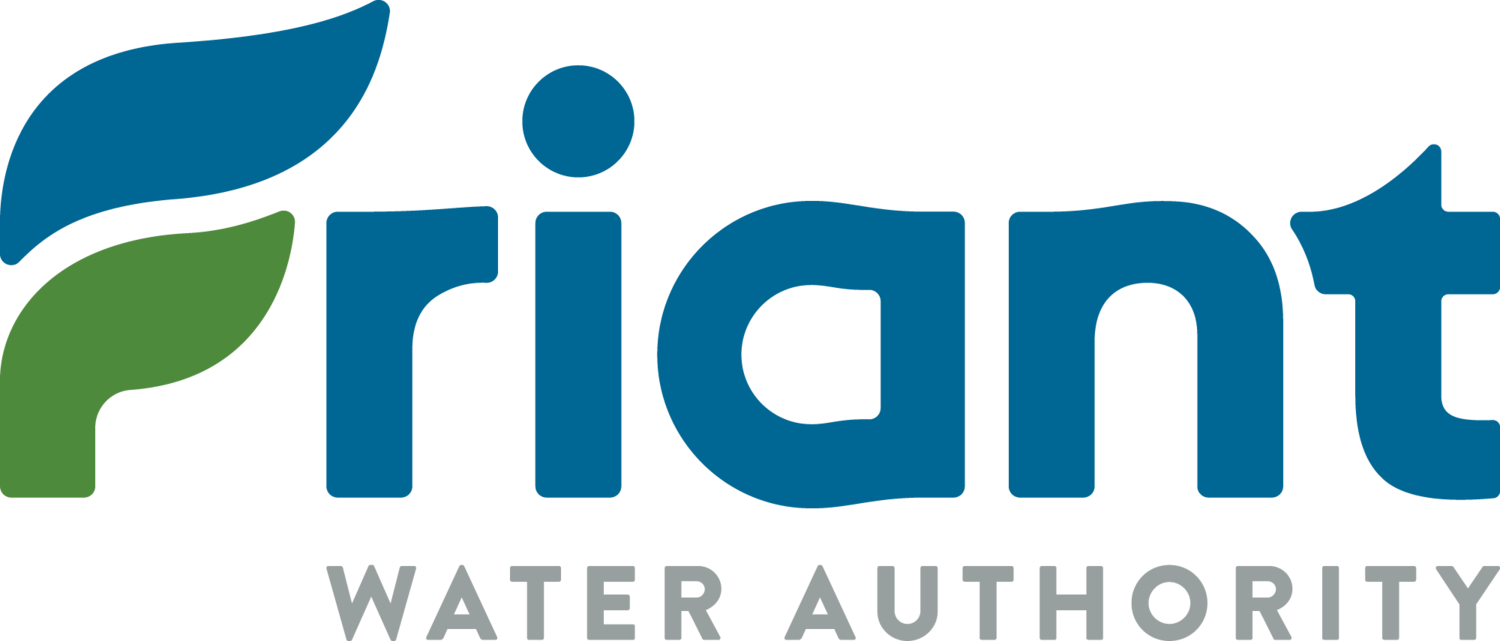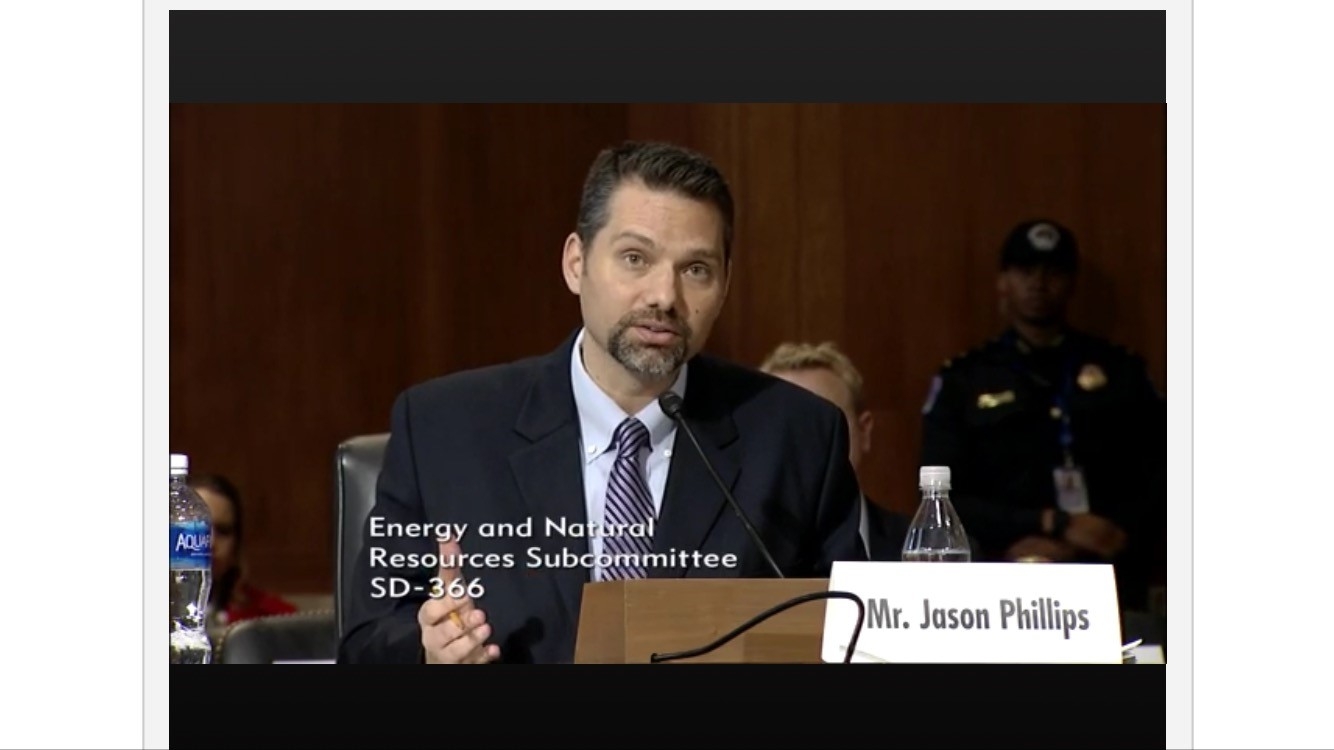The following statement is from Jason Phillips, Chief Executive Officer of Friant Water Authority, on the 2018 Central Valley Project water allocations announced by the Bureau of Reclamation on February 20, 2018:
Today the Bureau of Reclamation announced that Friant Division contractors would only be receiving a 30 percent allocation of Class 1 water supplies for 2018 – a decision which was not unexpected. In the announcement, the Bureau cited the need to be conservative given that the 2018 Water Year has already been far drier than normal. We understand their hesitation to allocate more water given this year’s hydrology, and we appreciate that this is a preliminary allocation that we hope might be updated if conditions change. More than 1.3 million acres on the San Joaquin Valley’s Eastside are sustained by some portion of Class 1 supplies, and 2018 looks to be very difficult for its farms and communities.
Despite our anticipation that Friant contractors would receive a low allocation this year, we are still glad to see that the Agricultural Contractors South of the Delta are receiving an early allocation, meaning that Friant supplies will not be called upon by the Bureau for meeting obligations under the San Joaquin River Exchange Contract, as occurred in 2014 and 2015.
However, what most concerns us about 2018 is the likelihood that water users throughout the Valley facing unavailable surface supplies will once again be forced to ramp up groundwater pumping, which will exacerbate the already-severe subsidence in the Valley including along the Friant-Kern Canal. Portions of the canal have already lost about 60 percent of their designed conveyance capacity due to subsidence largely caused by water users outside of the Friant Division. Conveyance capacity problems in the San Joaquin Valley were a major problem in 2017, one of the wettest years on record, when 300,000 acre-feet of water went undelivered because of the Friant-Kern Canal restrictions. Also last year, contractors that rely on water through the Cross Valley Canal near Bakersfield didn’t receive any of their water at all because canal subsidence problems made it physically impossible to deliver their water. This is a dire problem likely made worse this year with the low allocations we heard about today.
The contrast between 2018 and 2017 also underscores the need for additional storage throughout California. Had storage projects that were recommended almost 20 years ago been constructed by now, almost all CVP contractors would be much closer to a full supply this year. In the future, if weather conditions continue to vacillate between ever-increasing extremes on a year-to-year basis, the flexibility to store additional water will allow our communities in the San Joaquin Valley to continue to thrive and prosper.
Finally, it might seem sensible that the low allocations are merely a result of drought conditions. What is not being made clear in today’s announcement is that the need to comply with dysfunctional state and federal water regulations is also a contributing factor to the low allocations, and ensures that surplus water stored during 2017 cannot be used to offset the pain we’re experiencing in 2018. As long as regulators focus solely on the failed strategy of holding back water from water users and then releasing more water into the ocean to support species who likely need more comprehensive recovery measures, we will continue to squander opportunities to operate our water projects for the benefit of the vast majority of California.
Contact: Alex Biering, abiering@friantwater.org, 916-628-0431







